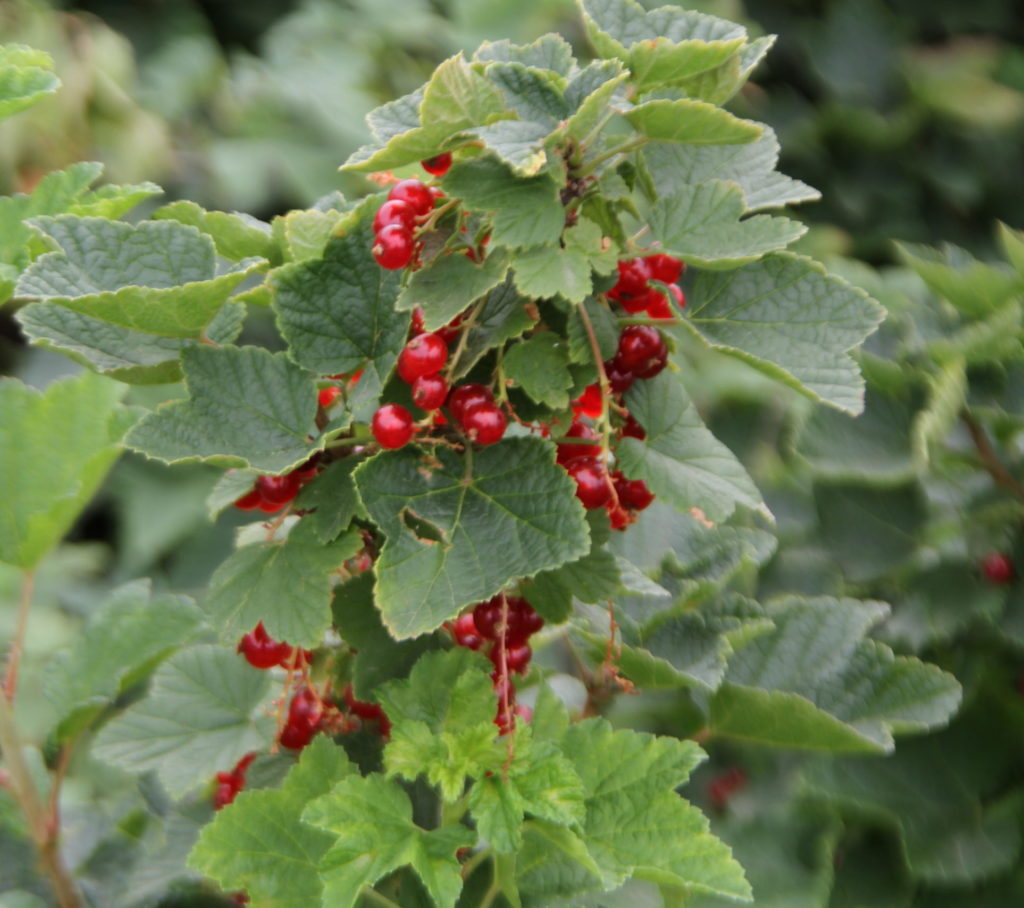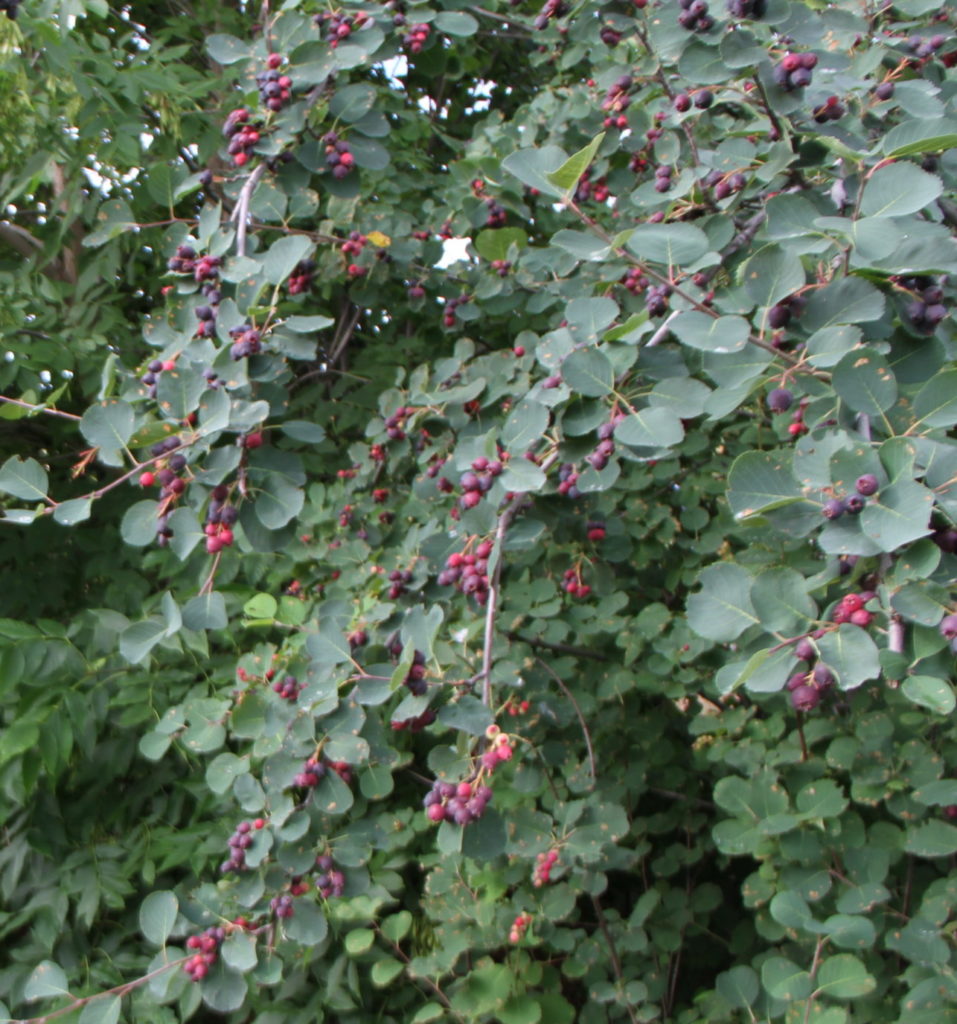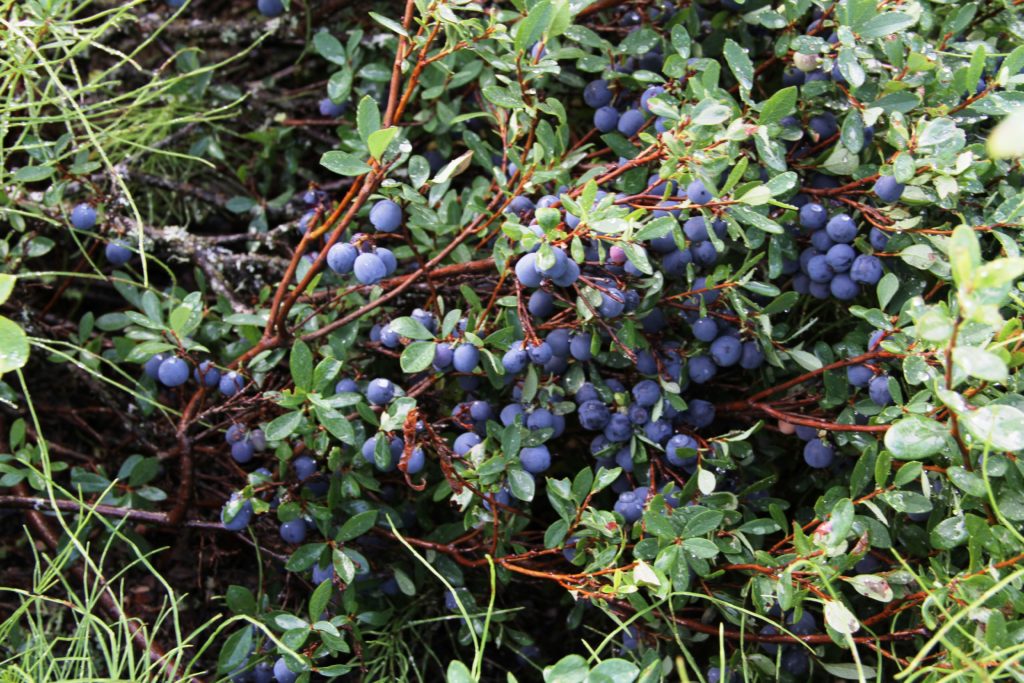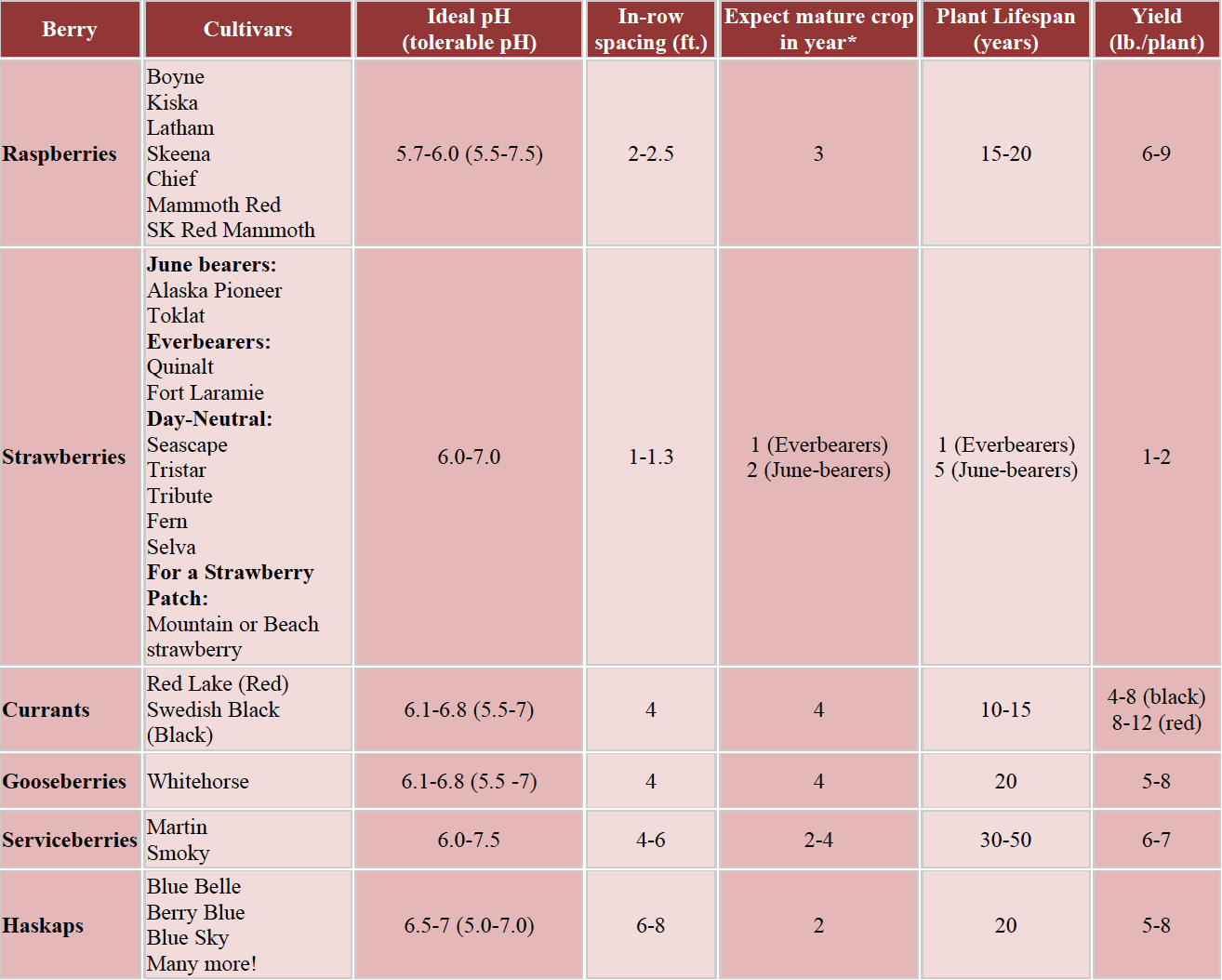Raspberries and strawberries are ubiquitous in Alaska gardens and I, for one, never tire of eating them.
But there are other lesser known types of berries that also thrive in Alaska that are worth trying. You might even find a new favorite.
Saskatoons (or serviceberries), haskaps (or honeyberries), currants and gooseberries are well adapted to Alaskan growing conditions.

I love the tart, unique taste of currants. There are many varieties to choose from. They are a bit seedy, but the seeds can be eaten. They make an excellent jelly.
Saskatoons and haskaps are incredibly prolific and productive. They can be eaten fresh or in baked goods or preserves.

Saskatoon or serviceberries are prolific. To me, they don’t compare to blueberries, but they’re a berry nonetheless.
Haskaps have the added benefit that they mature earlier than other berries, which extends the time you can be eating fresh berries. I love the tart flavor of currants, which is excellent when made into syrup or jam.
Growing berries is not as straightforward as growing lettuce or carrots. But at least you don’t have to plant them every year since they are generally perennial. Most berries benefit from full sun, mulching, compost, weed control, disease prevention measures, plentiful pollinators, good drainage and consistent watering. But berries vary substantially in their day/night length requirements, fertility needs, ideal pH, cold tolerance, required pruning regime and pollination strategies.
For example, haskaps are self-incompatible, meaning you must plant two different cultivars for cross-pollination to occur and those cultivars also need to bloom about the same time. Alaska Berries Farm is a good source for haskap plants, and they’ve even bred some of their own varieties. The University of Saskatchewan has extensive resources on growing haskaps (also known as honey berries).
Cultivation requirements don’t just vary between, say, strawberries or currants, there are even different requirements for different types of currants or strawberries. For example, black currants and red currants require different pruning regimes, while how you grow wild, everbearers, June-bearers or day-neutral strawberries varies substantially.
Summer bearer, floricane fruiting, primocane fruiting, everbearing, June-bearing and day-neutral are all terms that either describe when a cultivar fruits, which is usually linked to its response (or lack thereof) to day length. These terms can be confusing because they’re not consistently used among nursery owners and cultivars likely will perform differently in the land of the Midnight Sun than their name might indicate. It’s important to understand which of these types will grow in Interior Alaska. I explored this topic on strawberries previously. All that to say, growing berries is not as simple and straightforward as growing vegetables and there are a varieties of things to consider to improve production, for example, of strawberries that aren’t particularly intuitive.
You might even want to consider cultivating native berries. Even though they grow wild throughout Alaska, sometimes getting to the nearest berry patch might require more time and energy than we have. Consider how convenient it might be to manage a wild stand on your land or cultivate berries in your gardener or yard.
If you’re lucky, maybe you happen to have native berries like high bush cranberries, low bush blueberries or lingonberries (low bush cranberries) already growing on your property. If you do, there are ways to lightly manage them for increased production. I used to have an incredible blueberry patch in my backyard. If not, you can always plant them and cultivate them like you would non-native berries. Climate change offers both threats and opportunities for wild berries and there are ways to bolster their production.

A little pruning goes a long ways — this heavily laden bush was in my backyard where I regularly pruned the bushes.
The table below gives you an overview of growing characteristics for various berries in the Interior. It was compiled from the comprehensive chapter on the topic in Alaska’s Sustainable Gardening Handbook, Pat Holloway’s excellent class on berries and other University of Alaska Fairbanks Cooperative Extension resources on berries.

You can view many of these berries in this video or, if you’re in Fairbanks, at the Georgeson Botanical Garden where you might even be able to purchase berry plants. Berry plants can be purchased locally, but to find a specific variety, sometimes you need to search online. Unfortunately, many nurseries do not ship to Alaska. UAF Extension’s book and video on Using Alaska’s Wild Berries and Other Wild Edibles is an excellent resource for both native and cultivated berries in Alaska.
Previously published in the Fairbanks Daily Newsminer April 28, 2019.